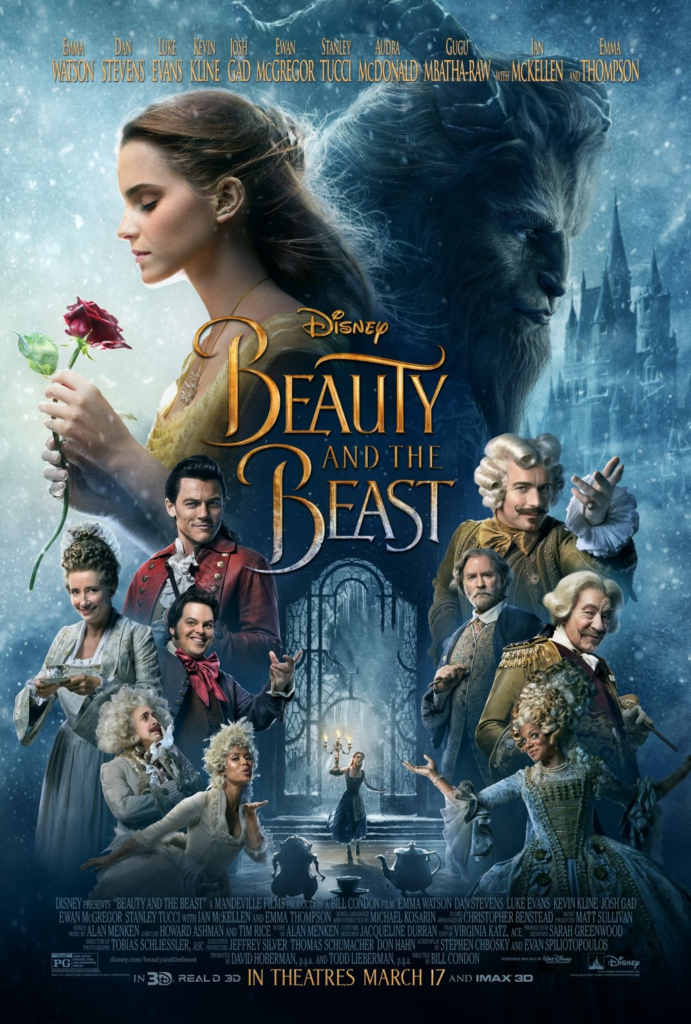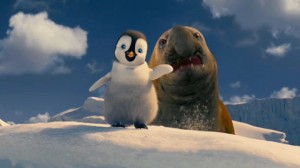Candy Clark has always been a free spirit. Born in Norman, Oklahoma, the family moved to Fort Worth, Texas, where she graduated high school and then headed to New York City. After scoring a small role in the John Huston directed film “Fat City,” she won the part that she will forever be remembered for, slightly ditzy Debbie Dunham in George Lucas’ look back to 1962 “American Graffiti.” For her performance, Ms. Clark was nominated for an Academy Award as Best Supporting Actress. She finished the decade of the 1970s with roles in such television shows as “Banacek” and “The New Dick Van Dyke Show” while appearing in such films as “The Man Who Fell to Earth” with David Bowie, “The Big Sleep” with Robert Mitchum and Jonathan Demme’s “Handle With Care” (also known as “Citizen’s Band”) which reunited her with her “Graffiti” co-star Paul Le Mat. The two joined forces again for the underseen sequel “More American Graffiti.” In 1983 she appeared opposite Roy Scheider in “Blue Thunder.” Other notable films include “Cat’s Eye,” “At Close Range,” “Radioland Murders” and David Fincher’s “Zodiac.” On television she has appeared in such shows as “Magnum P.I.,” “St. Elsewhere,” “Matlock” and “Buffy the Vampire Slayer,” where she played Buffy’s mom.
I had the extreme pleasure of meeting Ms. Clark a few years ago at a celebrity event where she very graciously signed a few items for me and shared some stories about her past. I recently had the pleasure of speaking with her again for MovieMikes.
Mike Smith: What led you to pursue a career as an actor?
Candy Clark: Well it was kind of given to me on a silver platter…my first job. And after that it became really difficult. But once I was in the game I got hooked. My first role was in a film called “Fat City.” I didn’t really want to be an actor…I was kind of made to do it. I was given an audition by this casting director…really all I wanted to be was an extra. But once I did that role I was hooked! I was on my own and it took me a year to get my next job. I’ve never been very good at auditioning…that’s always been my weakest point.
MS: Your next feature film was “American Graffiti.” Did you have any idea that this little film would strike such a chord with the public?
CC: I knew that it struck a chord with ME. I really identified with the characters because they were doing exactly what we were doing growing up in Ft. Worth, Texas. In high school we used to drive around…go to Carlson’s Drive In then drive to the Lone Star Drive In then back to Carlson’s then back to the Lone Star. Everyone would just go round and round all evening. It was exactly what we did. So when I read the script for “American Graffiti” I was like, “wow…I get it!” I was really happy to get a part in the film. Like I said, auditioning has always been my weakest point…I had to do a screen test for the film. I didn’t have to audition, thank God, but I did have to do a screen test where I had to memorize a scene. It was kind of a cattle call of all of these actresses. We were all in one room in a warehouse. Charles Martin Smith already had his part so when I met him I thought, “I’m not going to get this…he’s a lot shorter than me. I’m too tall.” But lo and behold I got picked…and I think our height difference made it more funny and charming…and cute.
MS: You received an Academy Award nomination for your performance as Debbie in “American Graffiti.” What was it like being recognized for your work so early in your career?
CC: I highly recommend it to everyone (laughs)….to be nominated for an Academy Award! Two weeks prior to the awards, after never having gotten patted on the back side before, it was flowers, telegrams…that was back in the day when they HAD telegrams. I was the center of attention and I really loved it. I knew I wasn’t going to win so I didn’t prepare a speech or anything. I thought for sure that an actress named Sylvia Sidney was going to win. She’s been around for a long time and she was up for a film called “Summer Wishes, Winter Dreams.” But lo and behold Tatum O’Neal took home the award. She walked away with it…a nine year old! (NOTE: Tatum O’Neal was actually ten years old when she became the youngest actor to win a competitive award for her role in “Paper Moon.” The other nominees that year were Linda Blair for “The Exorcist” and Madeline Kahn for “Paper Moon.”)
MS: So, is it really an honor just to be nominated?
CC: (laughing) I think so! I certainly didn’t mind it.
MS: Why did you wait almost three years to do your next feature (“I Will I Will…For Now”)?
CC: That was my next big role. I also had a great part in “The Man Who Fell to Earth.” But sometimes you have to take little parts here and there for money…I’ve never been averse to receiving money for work, that’s for sure.
MS: In my opinion, “More American Graffiti” is very under appreciated. Do you have any ideas why it wasn’t as well received as “American Graffiti?”
CC: I felt all along that…I did the film because I was the one that pitched George Lucas to make another “Graffiti.” I thought for sure that we would just pick up where we left off. And I think the audience was looking for that too. But the second film got very dramatic…it wasn’t as comical and fun. The Vietnam War…all of that stuff. It was just a little too off the beaten path for most fans. I think if they’d just picked it up where we left off…the film was so complicated because they kept interweaving different years AND different film styles. It became a film you really had to see more than once because it was so complicated. And in my section, it was all split screen—we were postage stamp size. In some of the shots your eyes didn’t know where to go on the screen. It was a very complicated technique they used with that movie. (NOTE: “More American Graffiti” follows the lives of several of the first film’s main characters. The film techniques Ms. Clark refers to is the way the film was shot. For the Vietnam sections featuring Charles Martin Smith’s Terry the Toad character, the film was presented like a documentary. For Ms. Clark’s section, which takes place during the hey day of psychedelic music, the majority of the action was told in multi-screen takes and very bright colors.)
MS: You co-starred with Robert Mitchum in “The Big Sleep.” Were you apprehensive about working with an actor of his, for lack of a better word, stature?
CC: Not at all. I’ve never been “wowed” by meeting or working with someone. I’ve worked with David Bowie…who was a big superstar. Roger Daltrey (lead singer of the Who) was my neighbor for a while. I’ve always approached them as people…not somebody on a pedestal. It’s just a knack that I have…it probably comes from all of the improve classes I went to. He was very nice…very down to earth. He told great stories about “old” Hollywood…back in the day. He was really a very approachable actor. Not at all intimidating.
MS: You appeared with my all time favorite actor, Roy Scheider, in “Blue Thunder.” What are your memories of him?
CC: He was another person that was very down to earth and approachable. He was very easy to work with. He wasn’t as tall as I expected him to be (laughs). He was very wiry. But when he was being filmed he had this bigger than life persona. He was very photogenic…you liked looking at him when he was on screen. He had a great face.



